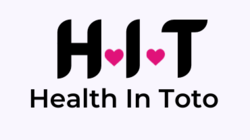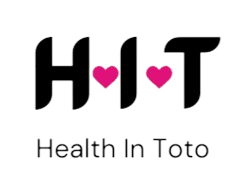Discover comprehensive information for all aspects of sexual health and find resources and guidance to empower your sexual well-being.
The International Society for the Study of Women’s Sexual Health describes Hypoactive sexual desire disorder…
Discover comprehensive information for all aspects of sexual health and find resources and guidance to empower your sexual well-being.
The International Society for the Study of Women’s Sexual Health describes Hypoactive sexual desire disorder…
Erectile dysfunction (ED) is a common condition that affects men of all ages, impacting their…
Painful erections never indicate normalcy, and sometimes signal a medical emergency. Severe pain may necessitate…
Erectile dysfunction (ED) is a condition that many men face at some point in their…
Erectile dysfunction (ED) is a common condition affecting men, often characterized by the inability to…
The underlying cause as well as the severity of pain determine the varied treatment approaches…
Commitment issues can often manifest in romantic relationships, work, and other personal or professional spheres.…
Reading food labels can be tricky. Some food manufacturers, aware of heightened health consciousness among consumers, employ deceptive tactics to convince people to purchase highly processed and unhealthy products. The complexity of food labeling regulations further adds to the challenge, making it difficult for consumers to grasp them.
This article sheds light on the most misleading claims found on food labels.
Table of Contents
TogglePackaged food health claims aim to capture your attention and persuade you that the product possesses health benefits. The following outlines some prevalent claims and their implications:
To steer clear of being deceived by product labels, the most effective approach is to avoid processed foods altogether. Whole foods, in essence, don’t require an ingredient list.
However, if you opt to purchase packaged foods, use the tips in this article to distinguish between lower-quality, junk options and higher-quality products.
Reference
Bjarnadottir, A. (2020). Retrieved from https://www.healthline.com/nutrition/how-to-read-food-labels
Dr. Nishtha, a medical doctor holding both an MBBS and an MD in Biochemistry, possesses a profound passion for nutrition and wellness. Her personal journey, marked by significant struggles with physical and mental health, has endowed her with a unique empathy and insight into the challenges countless individuals face. Driven by her own experiences, she leverages her background to offer practical, evidence-backed guidance, empowering others on their paths to achieving holistic well-being. Dr. Nishtha truly believes in the interconnectedness of the mind and body. She emphasizes the significance of understanding this connection as a crucial stride toward attaining balance and happiness in life.

